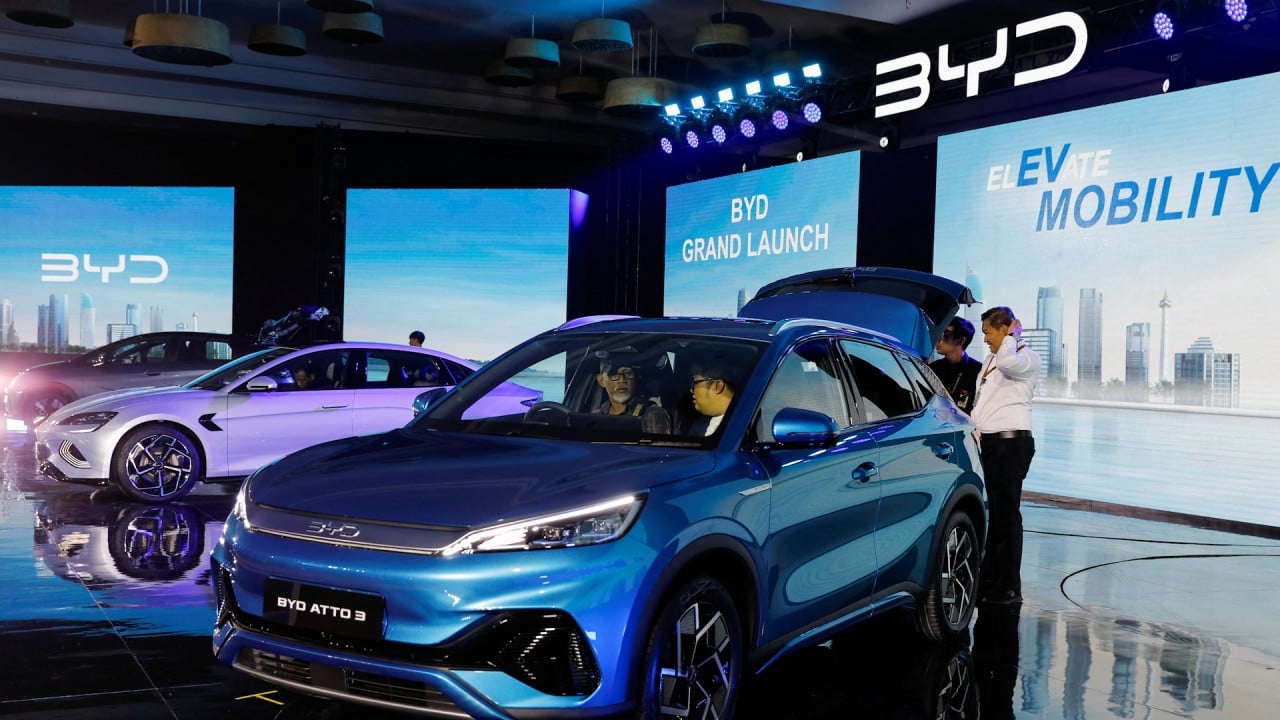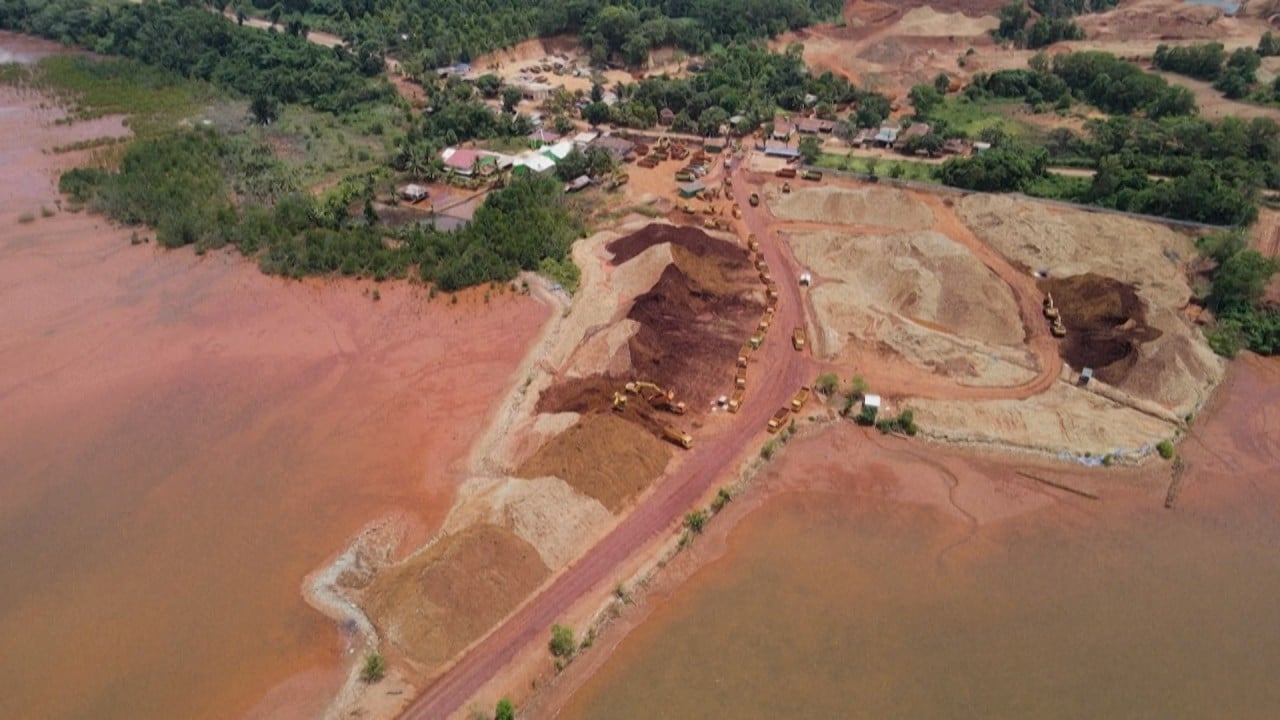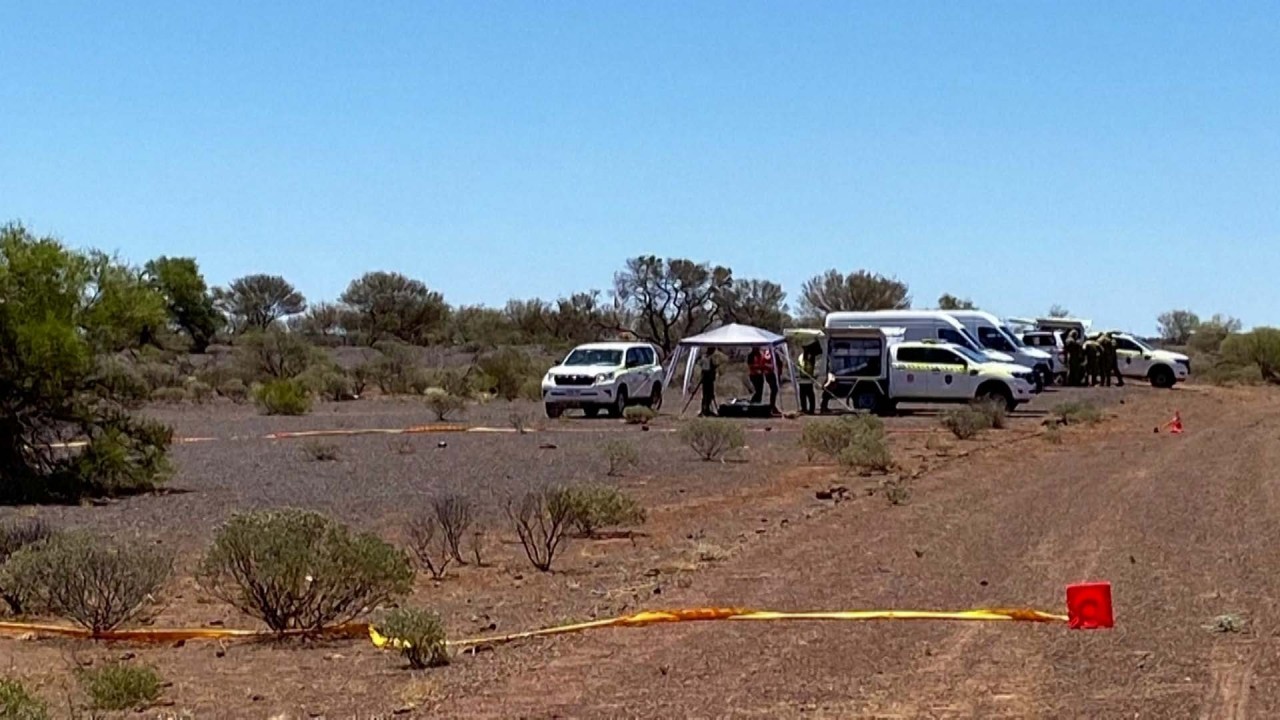Opinion | China and Australia can team up to boost Asean’s energy transition

Chinese brands have shown remarkable growth, from just 38 per cent of the region’s EV market in 2022 to over 70 per cent last year. These efforts are supported by an influx of Chinese investment in EV manufacturing and the upstream supply chain, including mining, mineral processing and battery manufacturing.
More Chinese companies are looking around in Southeast Asia for other key materials used in mobility batteries and EVs, such as aluminium and rare earth elements.
This enormous Chinese investment in battery manufacturing and the upstream supply chain offers significant potential for economic growth and job creation in Southeast Asia. It also offers lucrative opportunities for Chinese investors and companies. But to fully realise these benefits, it is crucial to address the environmental and social challenges often associated with mining and processing activities.
Indonesia’s frequent rainfall further complicates these issues. If not properly managed, pollutants from nickel tailings can seep into the groundwater or flow into the ocean, posing environmental and health risks. These issues are not unique to Indonesia but are echoed across the region.
Indeed, they highlight a broader issue: how to manage the rapid expansion of mining and processing activities – to support the region’s transition to an electrified future – while upholding environmental and social responsibilities.
While mining and mineral processing inherently involves environmental and social challenges, there are numerous ways to manage them more responsibly. In this regard, Australia can play a crucial role, with its waste management practices, mine site rehabilitation and indigenous community engagement often being cited as global examples of sustainable mining.
Interestingly, Chinese investments in Australia’s mining sector have encountered fewer socio-environmental concerns, likely due to the expertise brought in by local management in implementing eco-conscious practices, such as wildlife protection initiatives and educational programmes for indigenous communities.
A South-South-North cooperation model presents a promising way forward. By leveraging its proven expertise, Australia can help integrate responsible practices into mining and mineral processing, ensuring that Southeast Asia’s pursuit of an electrified future does not come at the expense of its environmental and social integrity.
This collaboration will also benefit Australian companies and investors. Given Australia’s rich reserves of key minerals such as lithium and bauxite – essential for batteries and EV production – there is a substantial opportunity for mutual gain.
Australia, China and Southeast Asia can harness their collective strengths to build a regional clean tech ecosystem, characterised by diverse and resilient supply chains with interdependent and mutually reinforcing relationships.
While some might question the feasibility of such trilateral cooperation amid geopolitical tensions, history shows that Australia, as a middle power, can actively engage with major powers, mediate conflicts and foster multipolarity.
A successful trilateral cooperation in battery and mineral supply chains among Australia, China and Southeast Asia would show the world that working together is both feasible and beneficial. This South-South-North cooperation could serve as a model, inspiring other countries to join and fostering a growing network of efforts towards a clean, sustainable and prosperous future.
Muyi Yang is a senior electricity policy analyst for China at Ember
Genevieve Donnellon-May is a researcher at Oxford Global Society, the Asia-Pacific analyst for The Red Line podcast and a 2023 Pacific Forum Young Leader
Professor Yongping Sun is vice-dean of the Institute of State Governance at Huazhong University of Science and Technology and co-director of the Co-construction Collaborative Innovation Center for Carbon Emissions Trading








